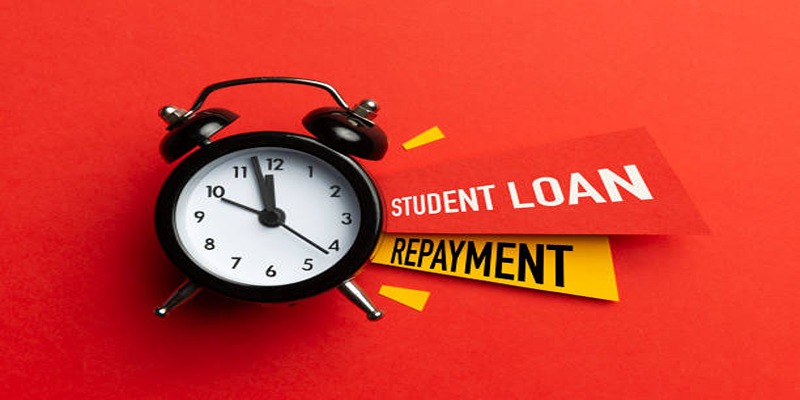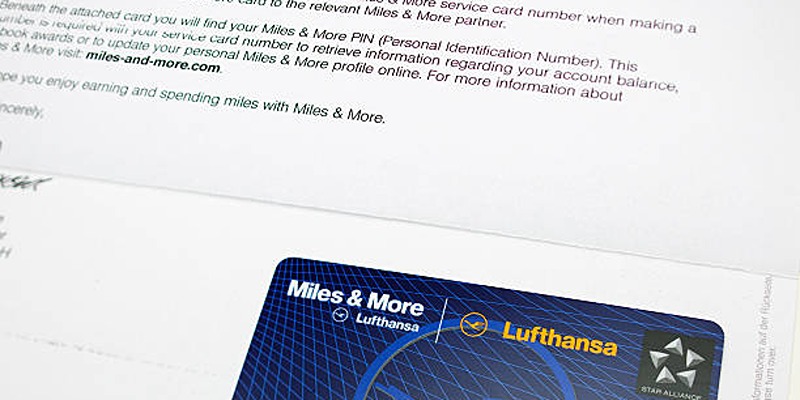Biweekly Student Loan Payments Explained: A Path to Financial Freedom
Making biweekly student loan payments is a smart and simple way to save money and get out of debt faster. Instead of paying once a month, you make half-payments every two weeks. This means you end up making one extra payment each year without even noticing. Over time, this extra payment can help reduce the interest you owe, saving you money and shortening the life of your loan. It’s an easy strategy that can bring you closer to financial freedom.
What Are Biweekly Student Loan Payments?

Student bi-weekly payment refers to the schedule of paying your student loans that applies half payment within a two weeks rather than the routine of one month. This means that over the course of a year you are only paying half the amount for half the time or rather 26 half times compared to 12 full times. This way, in essence, you are actually making one full payment more per year and you don’t even know it.
How Biweekly Payments Work
In a traditional monthly payment plan, you make 12 payments per year. With biweekly payments, you’re paying slightly less with each payment, but you’re making an extra payment over the course of a year because there are 52 weeks in a year. This results in 26 half-payments instead of 12 full payments.
Let’s say your monthly student loan payment is $400. By making biweekly payments of $200, you will end up paying $5,200 by the end of the year (26 x $200 = $5,200). This is equivalent to making one extra monthly payment without even noticing.
Benefits of Biweekly Payments
Pay off Debt Faster
Biweekly payments allow you to pay off your debt faster by making an additional payment each year. The extra payment helps reduce the principal amount and the interest you owe, enabling you to save money and shorten the overall life of your loan.
Save on Interest
By making biweekly payments, you can reduce the amount of interest that accrues over the life of your loan. With more frequent payments, you pay off the principal faster, resulting in less time for interest to accumulate. This can lead to significant savings in interest payments over the long term.
Build Equity Quicker
If you have a mortgage, making biweekly payments can help you build equity in your home at a faster pace. With the additional payments, you increase the amount of principal you pay down, which in turn increases your equity position in the property.
Create a Budgeting Rhythm
Biweekly payments align with most people's pay schedules, making it easier to budget and manage your finances. With half-payments every two weeks, you can better plan and allocate your income, ensuring that you have enough funds to cover your expenses and make timely payments.
Develop a Disciplined Saving Habit
Biweekly payments cultivate a disciplined saving habit by encouraging regular contributions towards debt repayment. The consistent payment schedule helps you develop responsible financial habits and instills a sense of financial discipline, setting you on the path to achieving your financial goals.
Enhanced Cash Flow Management
With biweekly payments, you have better control over your cash flow. By spreading out your payments throughout the month, you can align your financial obligations with your income, reducing the likelihood of cash flow shortages and providing greater financial stability.
Considerations Before Switching to Biweekly Payments
While biweekly payments have many benefits, it's essential to consider a few factors before making the switch.
Understand Your Loan Terms
Before switching to biweekly payments, make sure you understand your loan terms and any potential fees or penalties for early repayment. Some loans may have restrictions on how frequently you can make payments or charge prepayment penalties, so it's important to be aware of these before changing your payment schedule.
Check with Your Lender
It's important to check with your lender before switching to biweekly payments. Some lenders may offer this option themselves, while others may require you to set up automatic withdrawals from your bank account. It's crucial to verify the process and make sure you follow any necessary steps to ensure your payments are processed correctly.
Consider Your Budget
Biweekly payments can help you save money in the long run, but it's essential to consider your current budget before making the switch. If your finances are tight, biweekly payments may not be feasible for you at this time. It's important to evaluate your income and expenses carefully before deciding if biweekly payments are the right choice for you.
Steps to Start Biweekly Payments

If you've decided that biweekly payments are the right choice for you, here are some steps to help you get started:
- Contact your lender to confirm if they offer biweekly payment options.
- If your lender does not offer this option, set up automatic withdrawals from your bank account and schedule them to coincide with your pay schedule.
- Budget accordingly and make sure you have enough funds in your account to cover the additional half-payments every two weeks.
- Monitor your loan statements carefully to ensure that all payments are being processed correctly.
Is Biweekly Payment Right for You?
Biweekly payments can be a beneficial strategy for those looking to save money and pay off their debt faster. However, it's essential to consider your individual financial situation and goals before deciding if biweekly payments are the right choice for you.
By carefully evaluating your loan terms, budget, and lender requirements, you can determine if this payment schedule aligns with your needs and helps you achieve your financial goals. With discipline and careful planning, biweekly payments can help bring you closer to achieving financial freedom.
Conclusion
Implementing biweekly payments can be a powerful strategy for accelerating debt repayment and achieving long-term financial freedom. By making half-payments every two weeks instead of monthly, you can save on interest and pay off your loan sooner. However, it's important to assess your individual financial situation and consult with a financial advisor or loan specialist to determine if this payment method aligns with your goals and circumstances. Remember, responsible budgeting, careful monitoring, and proper planning are key to successfully implementing biweekly payments.











